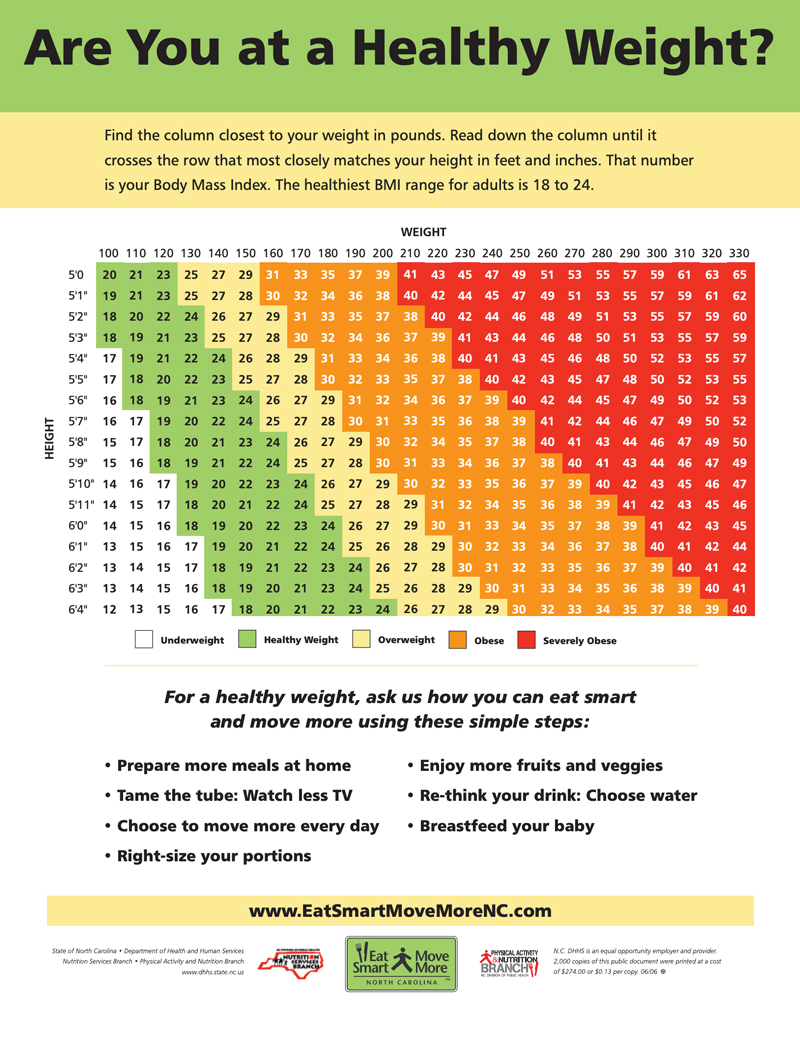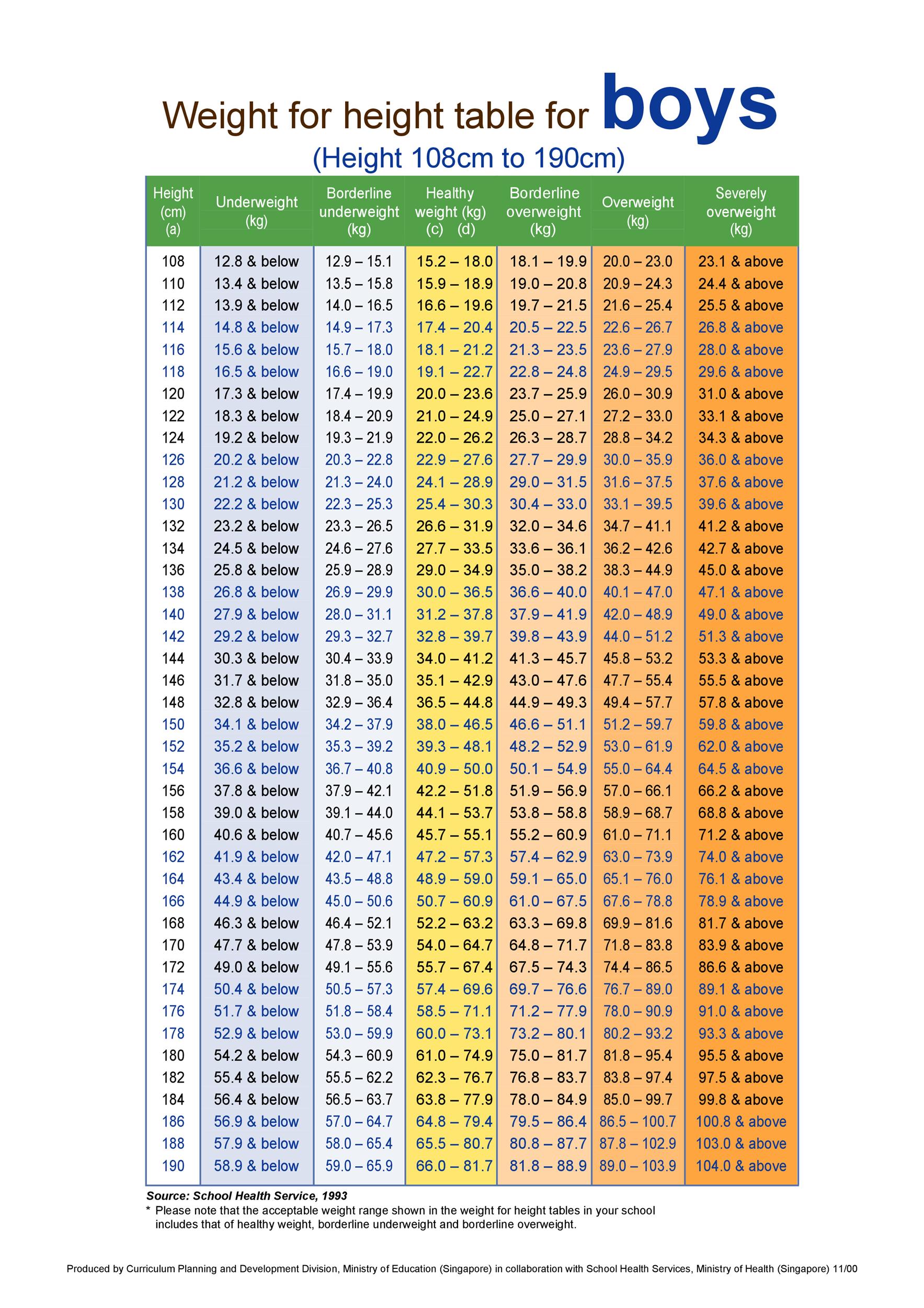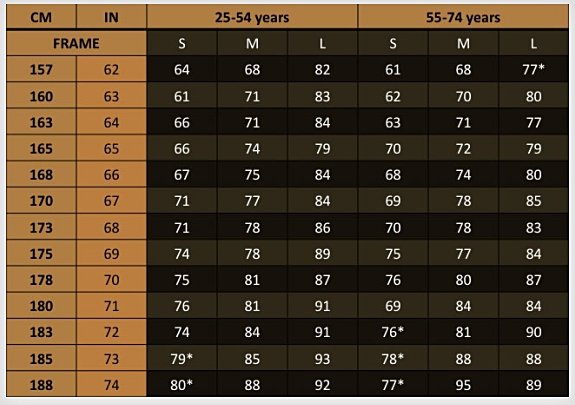

Generally, an increased risk of mortality compared to those with a healthy BMIĪs can be seen from the list above, there are numerous negative, in some cases fatal, outcomes that may result from being overweight.Body pains and difficulty with certain physical functions.Mental illnesses such as clinical depression, anxiety, and others.Certain cancers (endometrial, breast, colon, kidney, gallbladder, liver).Osteoarthritis, a type of joint disease caused by breakdown of joint cartilage.Higher levels of LDL cholesterol, which is widely considered "bad cholesterol," lower levels of HDL cholesterol, considered to be good cholesterol in moderation, and high levels of triglycerides.Below is a list of said risks, according to the Centers for Disease Control and Prevention (CDC): Chart for boysĬhart for girls Risks associated with being overweightīeing overweight increases the risk of a number of serious diseases and health conditions. The Centers for Disease Control and Prevention (CDC) BMI-for-age percentiles growth charts. CategoryīMI chart for children and teens, age 2-20 The Centers for Disease Control and Prevention (CDC) recommends BMI categorization for children and teens between age 2 and 20. The dashed lines represent subdivisions within a major categorization.īMI table for children and teens, age 2-20 This is a graph of BMI categories based on the World Health Organization data. It is used for both men and women, age 20 or older. This is the World Health Organization's (WHO) recommended body weight based on BMI values for adults. Refer to the table below to see the different categories based on BMI that are used by the calculator. Being overweight or underweight can have significant health effects, so while BMI is an imperfect measure of healthy body weight, it is a useful indicator of whether any additional testing or action is required.


These ranges of BMI vary based on factors such as region and age, and are sometimes further divided into subcategories such as severely underweight or very severely obese. Specifically, the value obtained from the calculation of BMI is used to categorize whether a person is underweight, normal weight, overweight, or obese depending on what range the value falls between. It is widely used as a general indicator of whether a person has a healthy body weight for their height. Note that the calculator also computes the Ponderal Index in addition to BMI, both of which are discussed below in detail.īMI is a measurement of a person's leanness or corpulence based on their height and weight, and is intended to quantify tissue mass. Use the "Metric Units" tab for the International System of Units or the "Other Units" tab to convert units into either US or metric units. Use the BMI Calculator below to figure your BMI.The Body Mass Index (BMI) Calculator can be used to calculate BMI value and corresponding weight status while taking age into consideration. Individuals who fall into the BMI range of 25 to 34.9, and have a waist size of over 40 inches for men and 35 inches for women, are considered to be at especially high risk for health problems.

A BMI of 30 and above is considered obese. A BMI of 25 to 29.9 is considered overweight. The higher the BMI, the greater the risk of developing additional health problems.Ī healthy weight is considered to be a BMI of 24 or less. A BMI of 30 and higher is considered obese. Someone with a BMI of 26 to 27 is about 20 percent overweight, which is generally believed to carry moderate health risks. A higher BMI increases the risk of weight-related health problems.īMI is a measure which takes into account a person’s weight and height to gauge total body fat in adults. It’s called the Body Mass Index (or BMI), and like your cholesterol and blood pressure, it’s an important number to understand. Today, we have a better approach that takes into account the health risks of being overweight. For many years, doctors and researchers used insurance statistics to determine what people should weigh.


 0 kommentar(er)
0 kommentar(er)
